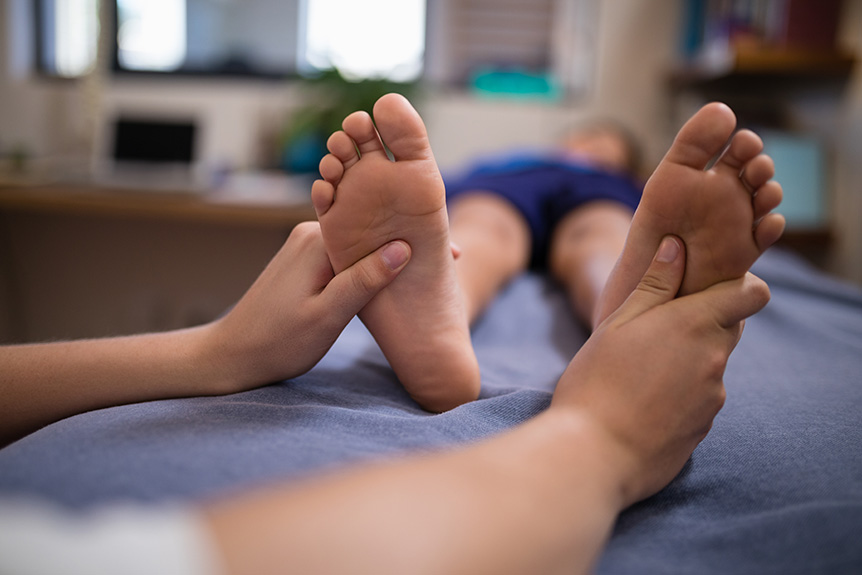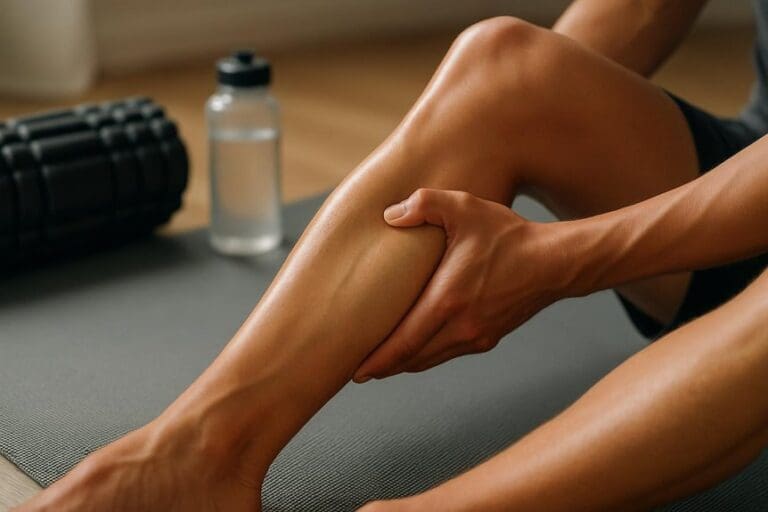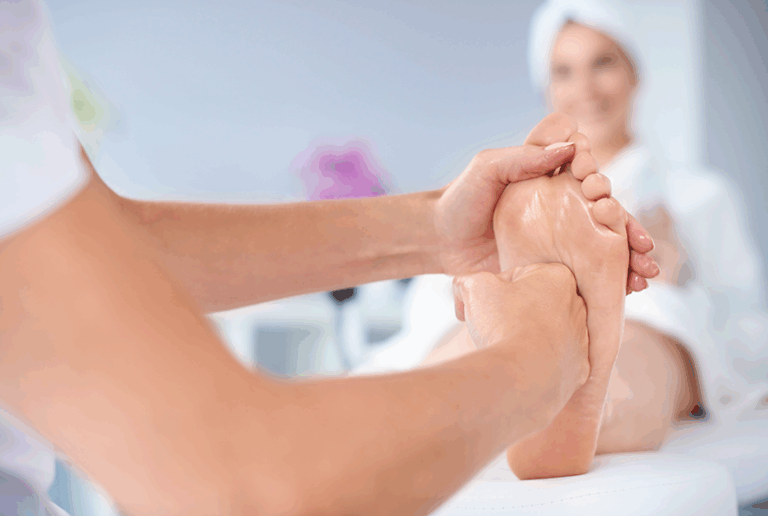This may modestly ease depressive symptoms by promoting relaxation and balancing autonomic nervous system activity. Small trials suggest short-term improvements in low mood, anxiety, and sleep, likely via reduced muscle tension, slower breathing, and improved vagal tone. Evidence is mixed and often limited by small samples and blinding issues. It works best as a supportive therapy alongside psychotherapy, medication, exercise, and consistent sleep habits. Safety is generally good with proper screening. More on benefits, session flow, and precautions follows.
Understanding It and Its Mind–Body Effects

Although often associated with foot massage, reflexology is a structured, pressure-based therapy that targets mapped points on the feet, hands, and ears believed to correspond with organs and systems throughout the body. Practitioners apply graded pressure to these points with the aim of modulating autonomic nervous system activity, supporting circulation, and easing muscular tension.
In Spa & Massage clinics across London, therapists use consistent mapping and gentle, paced sequences to encourage down‑regulation—slower breathing, softened shoulders, a steadier pulse.
From an evidence-aware perspective, plausible mechanisms include triggering mechanoreceptors, influencing vagal tone, and shifting attention from ruminative loops to present-moment bodily cues. Clients often report a grounded calm and improved sleep after sessions.
Our therapists tailor pressure to sensitivity, check-in frequently, and recommend simple aftercare—hydration, unhurried movement, and rest—to consolidate benefits. Scientific research continues to explore the healing power of zone therapy and its potential effects on emotional and physical well-being.
What the Evidence Says About This Massage and Depression
Two themes emerge from current research on this massage for depressive symptoms: modest short‑term mood improvements and limited high‑quality data. Small randomized trials and meta‑analyses suggest that it can ease low mood, anxiety, and perceived stress over several weeks, likely via relaxation and autonomic down‑regulation.
However, studies are heterogeneous, often unblinded, and underpowered; effects tend to be mild to moderate and may not persist without ongoing sessions.
From Spa & Massage’s clinical perspective, it is best positioned as a supportive therapy alongside evidence‑based care such as psychotherapy, medication, exercise, and sleep routines.
Clients frequently report feeling calmer, more grounded, and better able to cope, especially when sessions are regular. Safety is favorable for most adults.
Those with complex mental health needs should consult their GP; practitioners coordinate care when requested.
How a Session Works at Spa & Massage
On arrival at Spa & Massage, a therapist conducts a brief, structured consultation to understand mood, sleep, stressors, medical history, and any foot or hand issues. They then agree on clear goals such as relaxation, grounding, or coping with low mood.
The session begins with a warm cleanse and positioning that supports comfort and breath. Using light oil, the therapist maps reflex zones on feet or hands, applying calibrated pressure and pacing to modulate the autonomic nervous system.
Techniques include thumb-walking, gentle holds, and diaphragmatic line work to encourage slower respiration. Attention is given to zones linked with stress reactivity and rest–digest balance. Communication stays quiet, with check-ins minimal yet attuned.
Many clients choose calming aromatics; in our clinics, therapists keep scents subtle. After the session, simple self-care guidance consolidates effects.
Safety, Contraindications, and When to Seek Medical Support
When considering this type of therapy for low mood or depression, safety hinges on informed screening, appropriate pressure, and knowing when to defer or refer.
Spa & Massage therapists conduct brief health checks, adapt touch to sensitivity, and avoid claims beyond evidence.
It may soothe stress and improve sleep, but it is not a replacement for medical or psychological care.
Contraindications include acute foot infections, open wounds, recent fractures or surgery, uncontrolled hypertension, severe peripheral neuropathy, active thrombosis, fever, and first-trimester pregnancy without prior medical guidance.
Caution is advised with diabetes, anticoagulants, osteoporosis, and severe varicose veins; lighter pressure and shorter sessions are used.
Immediate medical support is essential for suicidal thoughts, sudden mood or behavior changes, postpartum depression, substance misuse, or new neurological symptoms.
Spa & Massage will pause treatment and encourage urgent care.
Integrating This With Everyday Mood-Boosting Habits
Although it can offer short-term calm and better sleep, its benefits are most consistent when paired with simple, evidence-informed habits. Spa & Massage recommends anchoring sessions to a routine: gentle daily walks, regular meals, and a consistent sleep window. Light movement enhances circulation, while steady nutrition stabilises energy and mood.
Many clients pair weekly session with brief breathwork (four-second inhale, six-second exhale) before bed. Our therapists also suggest a five-minute foot self-massage between appointments, using light, nurturing pressure around the diaphragm and solar plexus reflex areas to reinforce relaxation.
Mood tracking—two sentences each evening noting stressors and wins—helps identify triggers and progress. Hydration, reduced late caffeine, and brief daylight exposure support circadian rhythm.
It complements, not replaces, medical care; persistent low mood warrants professional review.
Conclusion
In the grand orchestra of wellbeing, it plays second violin—hardly curing depression, yet reliably tuning stress, sleep, and relaxation. Evidence remains modest but encouraging, particularly for anxiety and perceived stress, while Spa & Massage offers structured, low-risk care that dovetails with therapy and medication. The satire? Expect no miracle—only the unglamorous work of regulation, breath, and touch. For many, that’s enough: a calmer nervous system, clearer sleep, and the bandwidth to pursue the treatments that truly move the needle.



